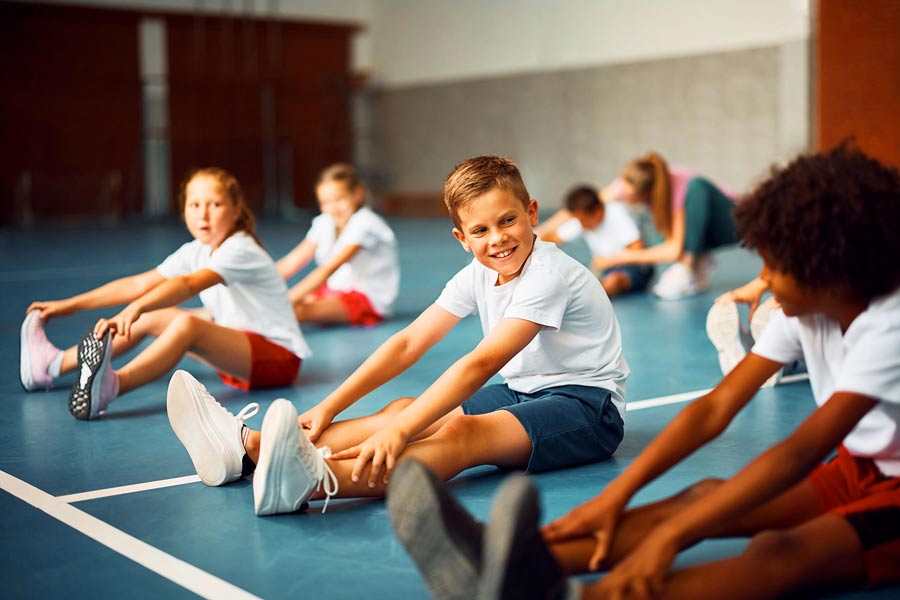Why Should Schools Invest in PX3 Simulators? Elevating Student Performance and Engagement
Imagine a world where every student athlete gets the same level of training and feedback as professional sports players. With PX3 simulators, this isn’t just a dream—it’s a reality. These advanced training tools are revolutionizing sports education in schools, providing students with unparalleled opportunities to hone their skills and stay engaged. Investing in innovative technologies like PX3 simulators can dramatically enhance student performance and participation in physical education programs. Let’s dive into why schools should consider making this investment to elevate student outcomes.
Enhanced Skill Development
First off, let’s talk about skill development. PX3 simulators offer a cutting-edge approach to training that traditional methods just can’t match. These simulators provide targeted feedback and coaching, helping students improve their techniques and overall performance. Imagine a baseball player working on their pitching accuracy, a batter perfecting their swing, or a fielder sharpening their reflexes—all with real-time feedback and precise analytics.
With PX3 simulators, students aren’t just practicing; they’re learning and refining their skills with every session. The simulators replicate game-like scenarios, allowing students to practice in an environment that mimics real-world conditions. This means they can develop specific skills, such as pitching accuracy, batting power, and fielding proficiency, more effectively than ever before.
Increased Student Engagement
Now, let’s consider engagement. Getting students excited about physical education can be a challenge, but PX3 simulators make it easier. The interactive and competitive nature of these simulations motivates students to participate actively and strive for improvement. It’s like turning every PE class into a high-stakes game, where students are eager to beat their personal bests and compete with their peers.
By gamifying physical education lessons, PX3 simulators foster a sense of enjoyment and achievement. Students don’t just see PE as a break from academics; they see it as an opportunity to excel and have fun. This heightened engagement translates into better participation rates and more enthusiasm for physical fitness.
Safety and Risk Reduction
Safety is always a top concern in school sports programs, and PX3 simulators shine in this area. Traditional training methods often come with the risk of injury, especially when students are practicing high-intensity sports. PX3 simulators provide a controlled environment where students can refine their skills without the physical risks associated with live training.
For instance, a student learning to pitch can practice their technique without worrying about injuring their arm from overuse. This focus on safety ensures that all students, regardless of their skill level, can participate in sports programs without fear of getting hurt. PX3 simulators help create a safe and inclusive learning environment, where the emphasis is on skill development rather than risk.
Integration with Curriculum Objectives
One of the significant advantages of PX3 simulators is their ability to integrate seamlessly with curriculum objectives. These simulators align with educational standards and learning goals, supporting the development of physical literacy and sports skills. Teachers can incorporate PX3 simulators into their lesson plans to enhance student learning and achievement.
For example, a lesson on the biomechanics of pitching can be paired with practical sessions using the simulator, allowing students to apply theoretical knowledge in a practical setting. This integration helps students understand the science behind the skills they’re developing, making their learning experience more comprehensive and engaging.
Long-Term Benefits and ROI
Investing in PX3 simulators isn’t just about immediate benefits—it’s about long-term gains as well. Schools that invest in these advanced training tools can expect improved student performance and engagement over time. Enhanced sports training outcomes, coupled with reduced injury rates, make PX3 simulators a valuable addition to any school’s physical education program.
The return on investment (ROI) is significant. By improving student skills and engagement, schools can foster a more robust sports culture, which can lead to better sports team performances, increased student participation in sports, and even higher overall school spirit. Furthermore, the reduced injury rates mean fewer medical costs and less downtime for student athletes.
Conclusion
In summary, PX3 simulators offer a transformative approach to physical education, enhancing skill development, increasing student engagement, promoting safety, and aligning with curriculum objectives. The long-term benefits and substantial ROI make them a worthy investment for any school looking to elevate its sports programs and promote student success.
By investing in PX3 simulators, schools can provide their students with cutting-edge training opportunities that rival those available to professional athletes. This not only improves performance but also fosters a lifelong love for physical fitness and sports. So, why wait? Consider integrating PX3 simulators into your school’s physical education program and watch your students thrive.




